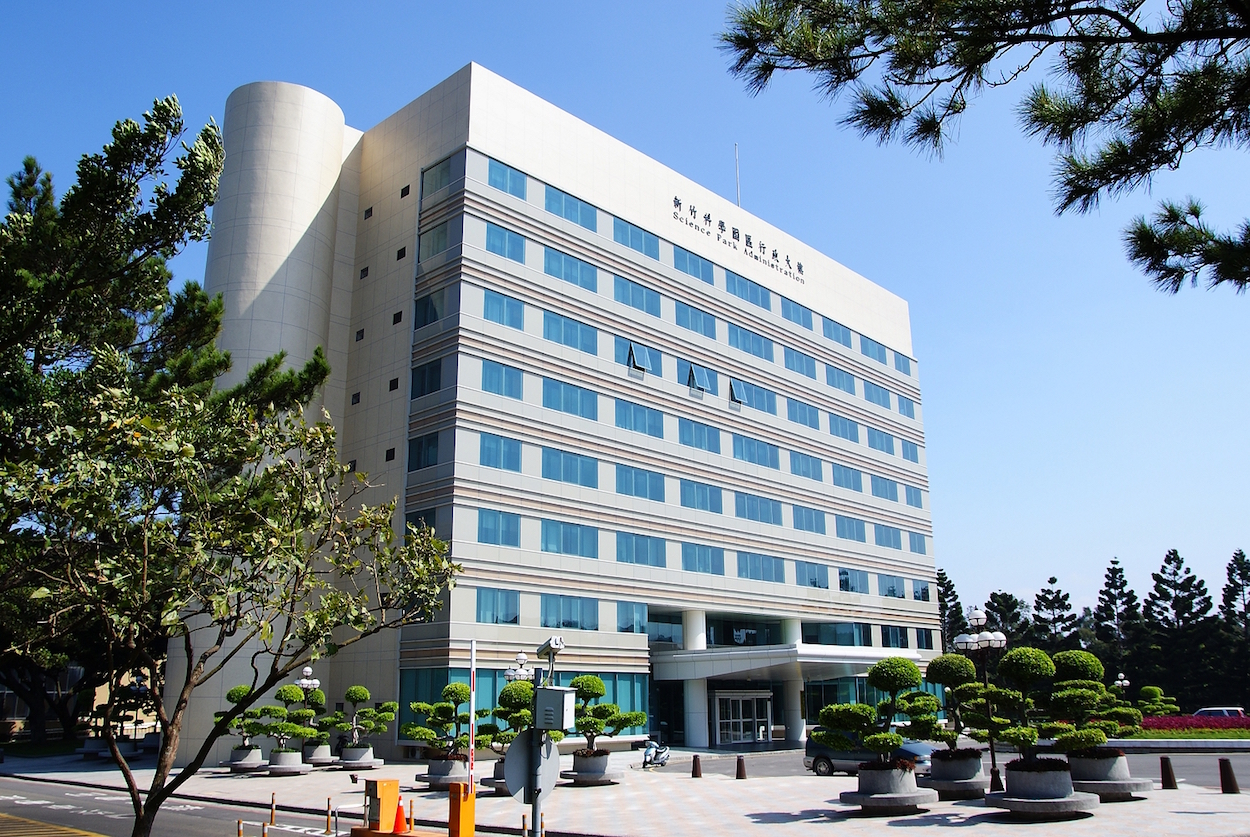by Brian Hioe
語言:
English
Photo Credit: 曾 成訓/WikiCommons/CC
TAIWAN IS FACING a historic drought, with water shortages attributed to Taiwan having not been hit by any typhoons in 2020. The last time Taiwan was not hit by any typhoons in a year was 1964.
As Taiwan normally sees 3.6 typhoons per year; according to government officials, this may result in the worst drought in 56 years. While there have been rains throughout past months, the winter and spring have been unusually dry, further contributing to such issues regarding water shortages. While Taiwan usually sees 100 mm of rainfall during the spring, there has only been 20 mm so far.
 Administrative building of the Hsinchu Science Park. Photo credit:
Administrative building of the Hsinchu Science Park. Photo credit:
Concern in particular has been prompted after water reserves in six of Taiwan’s reservoirs fell below 20% capacity. This has led new measures being rolled out to cope with the drought, including 87 new emergency wells being drilled, a survey of the country’s existing 1,200 emergency wells, with 160 emergency wells currently in use.
Permission has been granted by the government for new emergency wells to be dug in Hsinchu for use by the Hsinchu Science Park. The air force has also undertaken cloud seeding efforts in Taoyuan over the Shihmen Reservoir in the hopes of encouraging rainfall.
Minister of Economic Affairs Wang Mei-hua has stated that government initiatives aimed at preventing a drought to date, with 1.96 billion NT spent on measures to prevent drought since 2018, are what have prevented a more severe drought to date. An emergency center to cope with drought was set up last year.
It is to be seen whether new measures will be successful in alleviating drought. It takes around 50 days to dig a new emergency well, though some have warned of the unintended consequences of digging too many emergency wells. Taiwan also has eleven desalination projects in the works, with a new desalination facility scheduled to come online each year.
It is also to be seen whether the drought will disproportionately affect different parts of Taiwan. A new pipeline was dug from Hsinchu to Taoyuan to supply Hsinchu with 200,000 tons of water per day.
Issues in Taiwan regarding drought return to changing climate patterns internationally as a result of global warming. To this extent, measures rolled out by the Tsai administration or any other government also need to take into account the fact that unpredictable weather shifts, such as those resulting in Taiwan’s lack of typhoons last year, could be a permanent feature of the climate going forward. With much of climate change having been caused by human activity and industrial pollution, the climate in Taiwan stands to be affected not only by domestic pollution, but pollution coming from other countries—and while questions regarding whether Taiwan can regulate domestic polluters are still up in the air, it is possible that Taiwan will be unable to reign in the actions of other countries, particularly China.
To this extent, one notes that water consumption in Taiwan is disproportionately from industry. As such, it is a concern that science parks in Taiwan may face water shortages. This is especially the case with the semiconductor industry, which consumes a great deal of water and other natural resources. Taiwan Semiconductor Manufacturing Company, which plays a disproportionate role in global supply chains, has begun stockpiling water in the event of a shortage.
 TSMC building in the Hsinchu Science Park. Photo credit:
TSMC building in the Hsinchu Science Park. Photo credit:
The paradox faced by Taiwan regarding water consumption from science parks and the domestic semiconductor industry is that this may result in water shortages for regular people in society. However, global supply chains are highly reliant on Taiwan at present, to the extent that a factor warding off the threat of Chinese invasion is that China, too, depends on the Taiwanese semiconductor manufacturing industry for its own needs. The incentive for global support to ward off the threat of Chinese invasion is made all the stronger by international reliance on Taiwanese semiconductor manufacturing and with global chip shortages, as the present may be an opportunity for Taiwan to strengthen ties with other countries.
Yet it would be ironic if this led to lacking water supply for Taiwanese citizens. This, however, makes more acute long-standing issues of resource distribution between science parks and the local areas around them, with science parks consuming vast amounts of electricity and water for their needs. This has not prevented, however, local politicians from calling for the development of more science parks to create jobs in many cases, seeing science parks as an absolute good where development is concerned.

